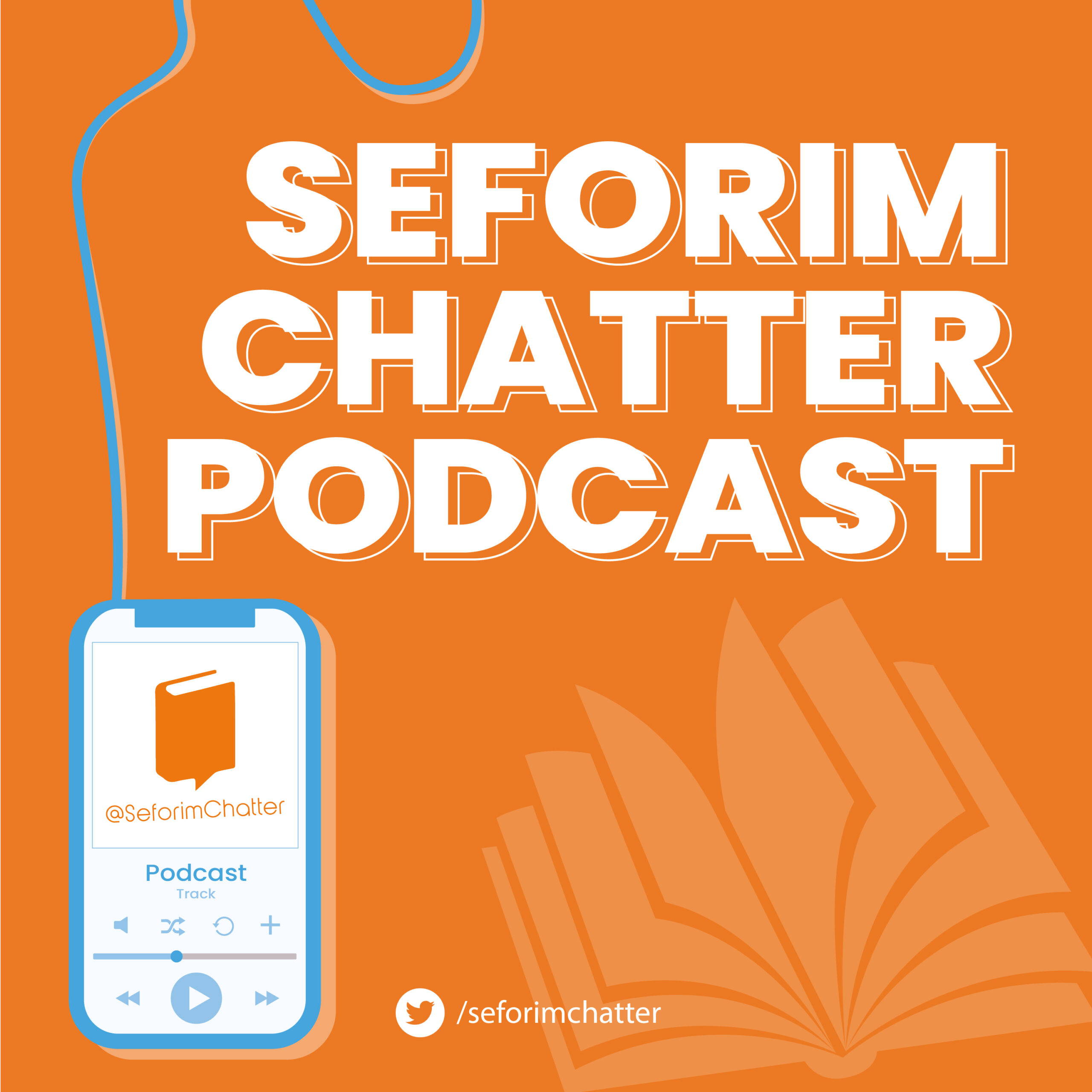By Shimmy Davis
In this post, I would like to review a Chanukah-related work, which was published several years ago by Rabbi Levi Yitzchak Charitan of Jerusalem.
Makkabim Aleph and Makkabim Beis
Makkabim Aleph, also known as Sefer Chashmonaim or the book of Maccabees, was originally written in Hebrew around the beginning of the reign of the Hasmonean ruler John Hyrcanus (Yochanan Kohen Gadol), approximately 129 BCE (3631), and was translated into Greek shortly afterwards.[1] Although the Hebrew original is lost to us today, we know that it was originally written in Hebrew based on the fact that it’s written in the style of the biblical books, as well as the fact that the early Christian historians Origen and Eusibius describe a Hebrew original. The Greek translation was preserved in the Septuagint (Targum Hashivim), and later translated into Latin and Syriac together with the other books of the Septuagint.
Although there is a Maccabees 1 and a Maccabees 2, these are not two volumes of one book, rather they are two separate accountings of the events of the same period.
Maccabees 1 was originally written in Hebrew in the land of Israel, and relates the history of the Jews living in Israel from 175 BCE until 134 BCE.
Maccabees 2 was originally written in Greek in Egypt, and it is an abridgment of an earlier 5-part historical work written by a certain Jason of Cyrene (Libya), and relates the history of the Jews living in Israel from 176 BCE until 161 BCE.
Josephus, in his Antiquities of the Jews, used Maccabees 1 but apparently did not have access to Maccabees 2. The author of the 10th century Hebrew work Yossipon used Maccabees 2 as well.
The book known as Maccabees 3, doesn’t deal at all with the period of Chanukah despite its name. There is also a book known as Maccabees 4, but it is not considered to have any historical value due to its late composition.
Seforim Chitzonim
Obviously, the publication of this sefer raises the question whether it is permitted to study such works, as the Mishna (Sanhedrin 90a) specifically states that one who reads “Seforim Chitzonim” forfeits his portion in the world to come. However, it would seem that although modern scholarship refers to the books known as the apocrypha as ‘Seforim Chitzonim’, the traditional approach is that the term ‘Seforim Chitzonim’ refers to heretical books, as is stated explicitly in the Talmud (Sanhedrin 100b), and seems to be the consensus among virtually all halachic authorities.
Additionally, Rabbi Charitan brings in his introduction a whole list of Acharonim who quote from the books of Maccabees, including the Tosafos Yom Tov (Megillah 3:6), the Eliyah Rabba (Orach Chaim 670:1) and R’ Yaakov Emden (Mor Uketzia Orach Chaim 306, 670) who quote from Maccabees 1. The Aruch HaShulchan actually quotes from Maccabees 2 (Orach Chaim 670:5). Obviously, the fact that these great halachic authorities read and quoted from the books of Maccabees shows that they deemed them permissible to be studied.
This Edition
This work is a “frum” edition of Maccabees 1, with approbations from leading torah scholars such as Rav Shlomo Fischer, Rav Zalman Nechemia Goldberg and several others.
The author wrote an extensive introduction discussing topics such as; the original name of the book, the Hebrew spelling of the word Maccabee, Gedolei Yisroel who used the books of Maccabees, Megillas Antiochus, why the miracle of the oil isn’t mentioned in this work and more.
One need only open the sefer to see that this is not the type of work where the publisher was looking to cut corners. It is beautifully laid out on glossy pages, with extensive footnotes including cross-references to Maccabees 2, Chazal, Josephus, piyyutim and more. Additionally, there are many high-quality color-photos of the modern-day locations as well as archaeological digs of many of the places mentioned, coins and busts depicting many of the characters mentioned in the book, including Antiochus IV Epiphanes (the Antiochus from the Chanukah story), his father Antiochus III the Great, and many others. Additionally, there is a family tree of the Hasmonean family, a tree of the Seleucid dynasty, and several detailed maps specifically designed for this publication to help the reader gain an understanding of the topography of the regions under discussion.
The text of this edition is based on the critical edition of Avraham Kahana (Tel-Aviv 1937), who used several manuscripts of the original Greek. However, it was redone with many corrections based on the opinions of various scholars and upon consulting several experts, with the addition of extensive footnotes. Additionally, it includes from manuscript (Paris 326) the text of an early Hebrew translation of the work (that includes several important variations) in the footnotes.
Makkabim Beis
Rabbi Charitan is currently working on an edition of Makkabim Beis; however, it will unfortunately not be ready for publication in time for Chanukah this year.
What there is to gain from reading the sefer
Besides for the obvious advantage of it being an excellent repository of historical information from what’s probably a first-hand source or someone who had access to first-hand sources, it also provides a lot of background to stories told by Chazal.[2] For example, the Gemara in Avodah Zara (8b) discusses a treaty made between the Jews and the Romans to fight the Greeks. This is borne out in great detail in chapter 8 of our book. Additionally, the Megillas Taanis tells of a holiday known as the day of Nicanor to be celebrated on the Thirteenth of Adar, due to a miracle that took place on that day (see also Taanis 18b). This story is elaborated upon extensively in the seventh chapter of our work (as well as an extensive treatment in Maccabees 2).
Most importantly, it is a reliable source for the details of the Chanukah story.
Regarding the understanding of the Chanukah story, it would seem that being that the focus of Chanukkah is “lehodos u’lehalel”, it would only be reasonable to study the story of Chanukah in order to properly understand what it is that we are being thankful for. Indeed, many have explained the fact that the Rambam (in the beginning of Hilchos Chanukah) uncharacteristically devotes a lot of space to the historical details of the Chanukah miracle, by saying that one cannot properly fulfil his Chanukah obligations without knowing the Chanukah story.
Additionally, we find that the Tosafos Ri”d (Succah 44b) and the Shibolei HaLeket (174) record that there was a custom to read Megillas Antiochus publicly on Chanukah, which would indicate that the story of Chanukah was considered an essential part of the holiday.
Indeed, the Yesod VeShoresh HaAvodah (12:1) writes that after one lights the Chanukah candles “it is proper to tell over to his children and household members, from authors and books, the miracles and wonders that the Creator, may his name be blessed, performed for us in those days in these times, so that they should give praise and express gratitude to the blessed name.”[3]
I would suggest that one who wishes to study the Chanukah story but doesn’t wish to read all sixteen chapters of this book, study the first four chapters as these include the main part of the Chanukah story, as well as Maccabees 2 from the beginning of the third chapter through the middle of the tenth chapter (verse 11).
Sample pages (including the entire introduction) can be downloaded here.
An interview with the author in the Kulmos magazine can be downloaded here.
The text of the Kahana translation to Maccabees 1 can be found here.
The Hebrew text of Maccabees 2 (Frankel edition) can be found here.
A Seforimchatter interview with Prof. Lawrence H. Schiffman discussing the books of Maccabees can be found here.
A Seforimchatter interview with Prof. Malka Simkovich discussing the books of Maccabees can be found here.
For all questions, comments, and other feedback, feel free to reach out to shimmidavis@gmail.com
[1] Regarding the historical material in this review, I have chosen not to elaborate with all the different opinions, as that is not the objective of my post. As with any historical subject, almost all the facts are subject to much scholarly debate. I have generally presented the historical aspects based on the conclusions followed by Rabbi Charitan in his work.
[2] See the introduction to a Hebrew translation of Josephus’ ‘The Jewish War’ (Ed. Kalman Shulman, Vilna 1861), where a nephew or Rav Chaim of Volozhin quotes his uncle as saying that the Gaon of Vilna told his son Rav Avraham that he hopes for a translation of the work of Josephus into Hebrew, as this will enhance his understanding of the words of Chazal in the Talmud and Midrashim.
[3] Not an exact translation.






3 Responses
Excellent! I ordered the sefer and went through the intro over Shabbat because of this post. Thank you!
Where were you able to buy this sefer?
Any idea who is selling this in 2023? I can’t find it online except in Israel